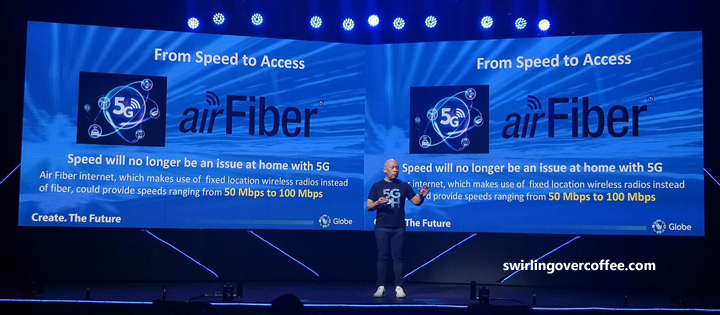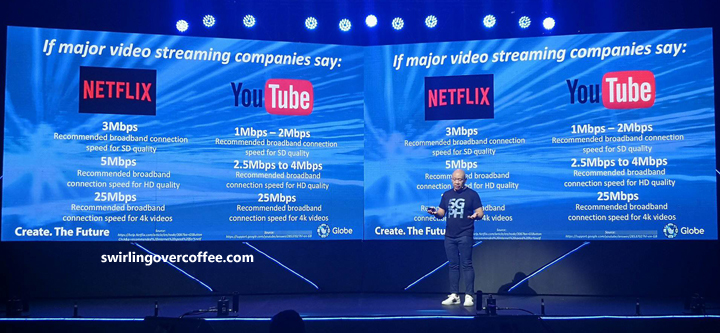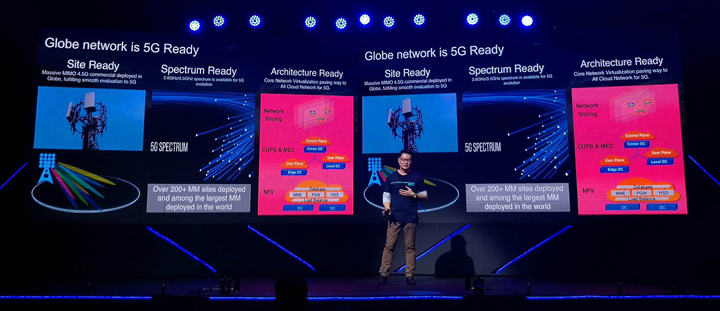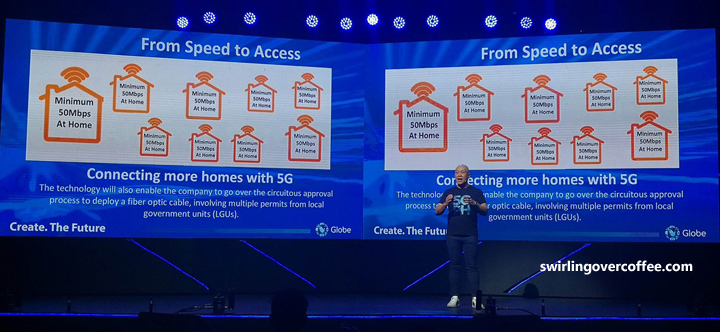Globe Telecom has announced that 5G wireless technology will be commercially available by mid-2019, via 5G Globe At Home service. The 5G network offers higher speeds, lower latency, better capacity, and allows Globe to circumvent the circuitous approval process of deploying a fiber optic cable, which involves multiple permits from local gov’t units (LGUs), which can take years to obtain. “We can bring internet to more homes by deploying 5G compared to a typical fiber optic roll-out,” said said Ernest Cu, Globe President and CEO.

The 5G network allows Globe to deploy fixed wireless broadband at a fiber speed, and enables Globe to use Air Fiber technology. “Air fiber internet, which makes use of fixed location wireless radios instead of fiber, could provide speeds ranging from 50 Mbps to 100 Mbps,” Cu said.

Huawei Technologies as key technology partner
“We have been preparing our network for sometime now with our existing vendor partners, including Huawei Technologies,” said Ernest Cu. Globe extended its partnership with Huawei through a five-year contract involving the planning and design of a wireless broadband network, plus the creation of a wireless innovation center.

Huawei was also Globe’s technology partner when it implemented a $700-million network modernization program started in 2011.
5G and the Internet of Things
5G technology can accelerate the adoption of Internet of Things (IoT) in the Philippines. Globe has announced that it’s enabling its network by using its spectrum assets, particularly the 700-megahertz band.
Globe is now piloting Narrow Band-Internet of Things (NB-IoT) technology as it enhances its mobile data services. This spectrum has the inherent advantage of long reach and is ideal for supporting NB-IoT services. NB-IoT is one of three 3GPP standards-based low power wide area (LPWA) technolgies developed to enable a wide range of new IoT devices and services.

NB-IoT is more developed vis-a-vis other defined 3GPP standards. Globe and Huawei are working together to ensure network readiness to support said services. As part of its strategic technology roadmap since 2016, the Globe network now has one of the largest deployment of Massive MIMO (MM) in Asia. MM is the fundamental radio access technology of 5G.
5G technology will be welcomed by customers, homes, and businesses.
Liked this post? Follow SwirlingOverCoffee on Facebook, YouTube, and Instagram.


